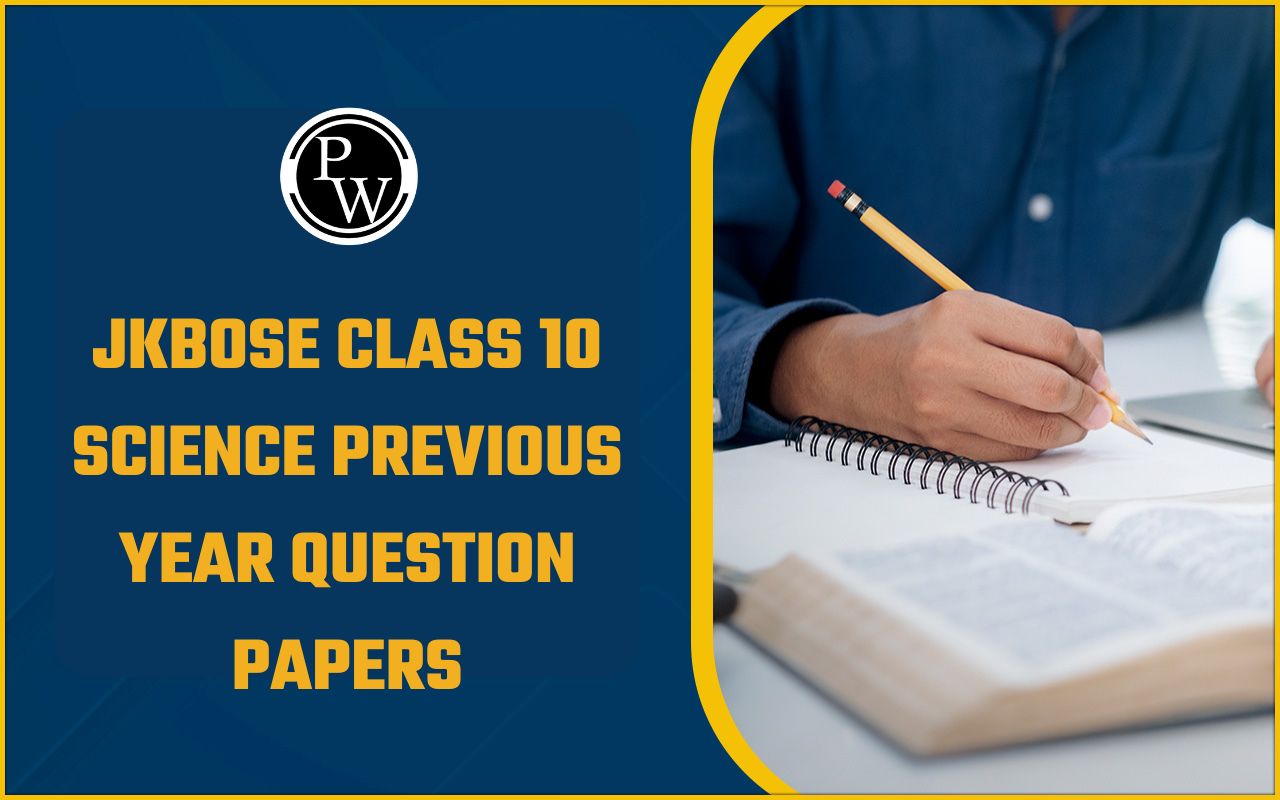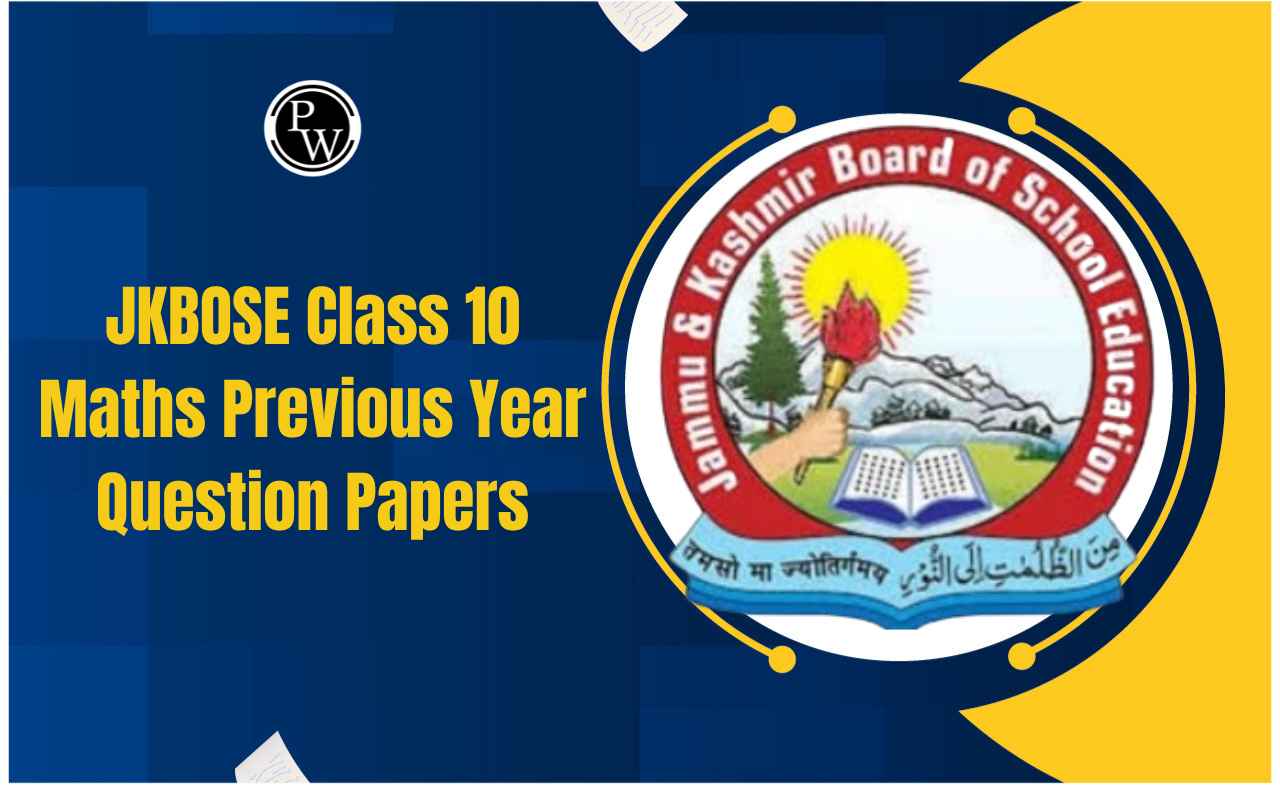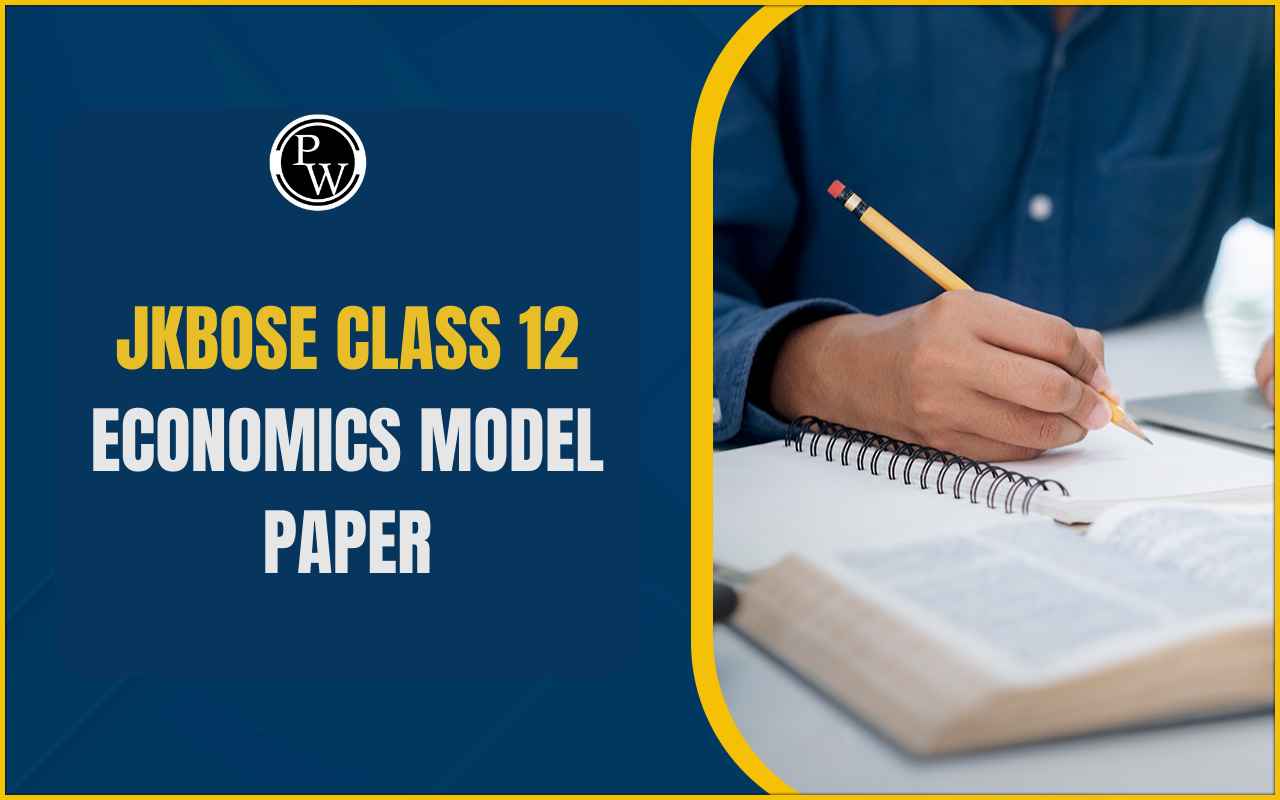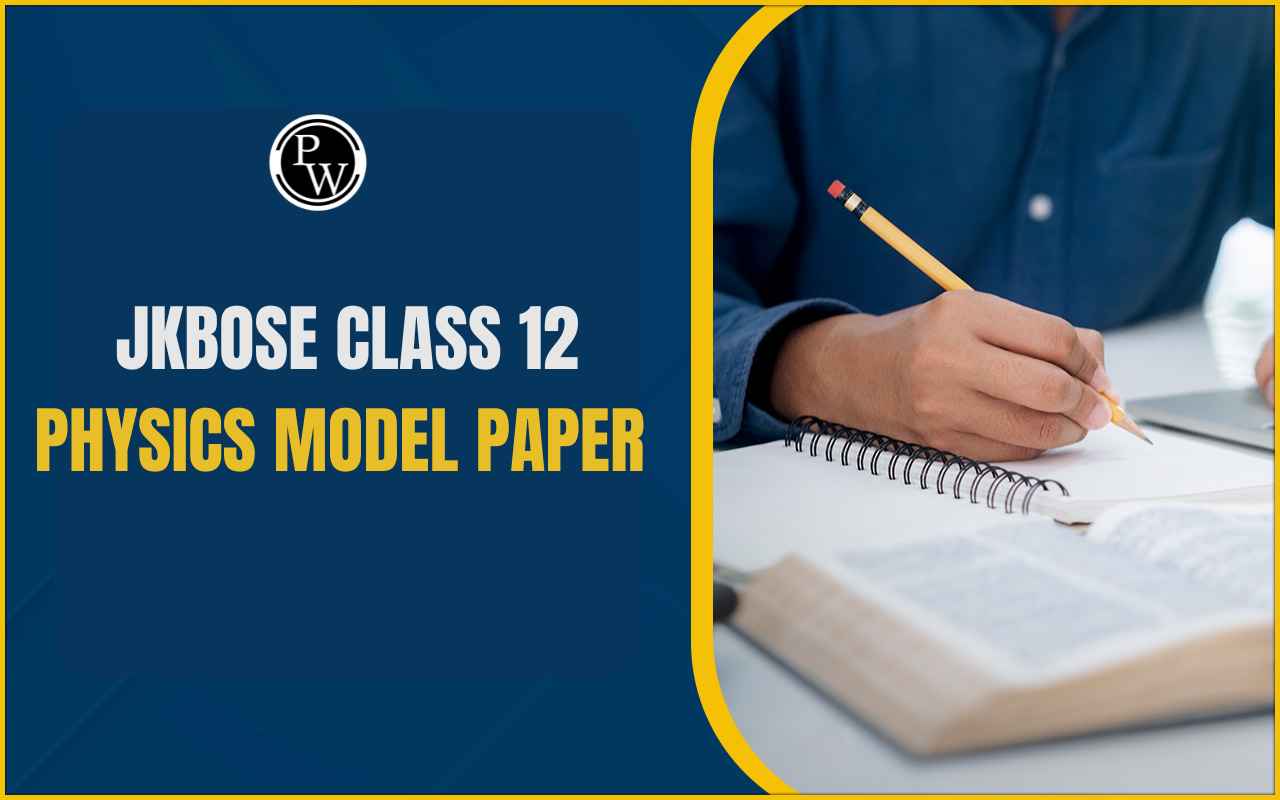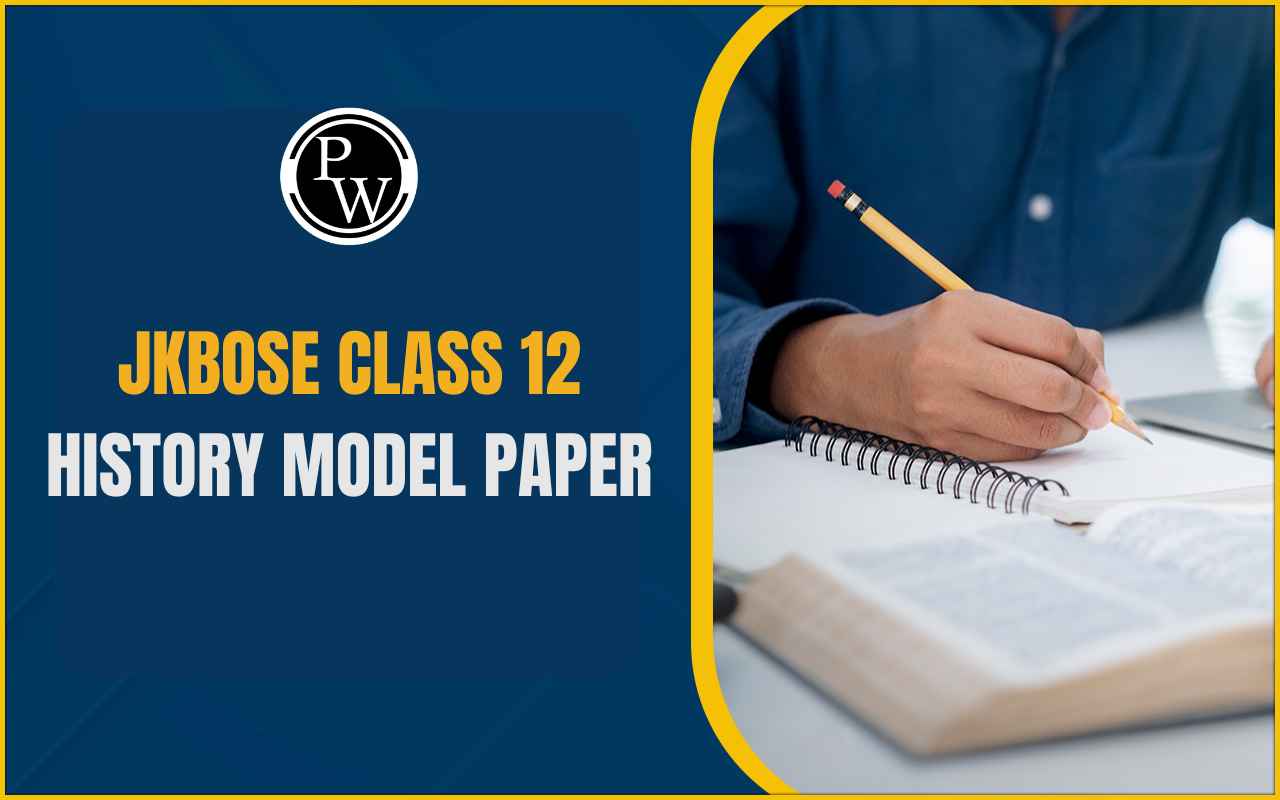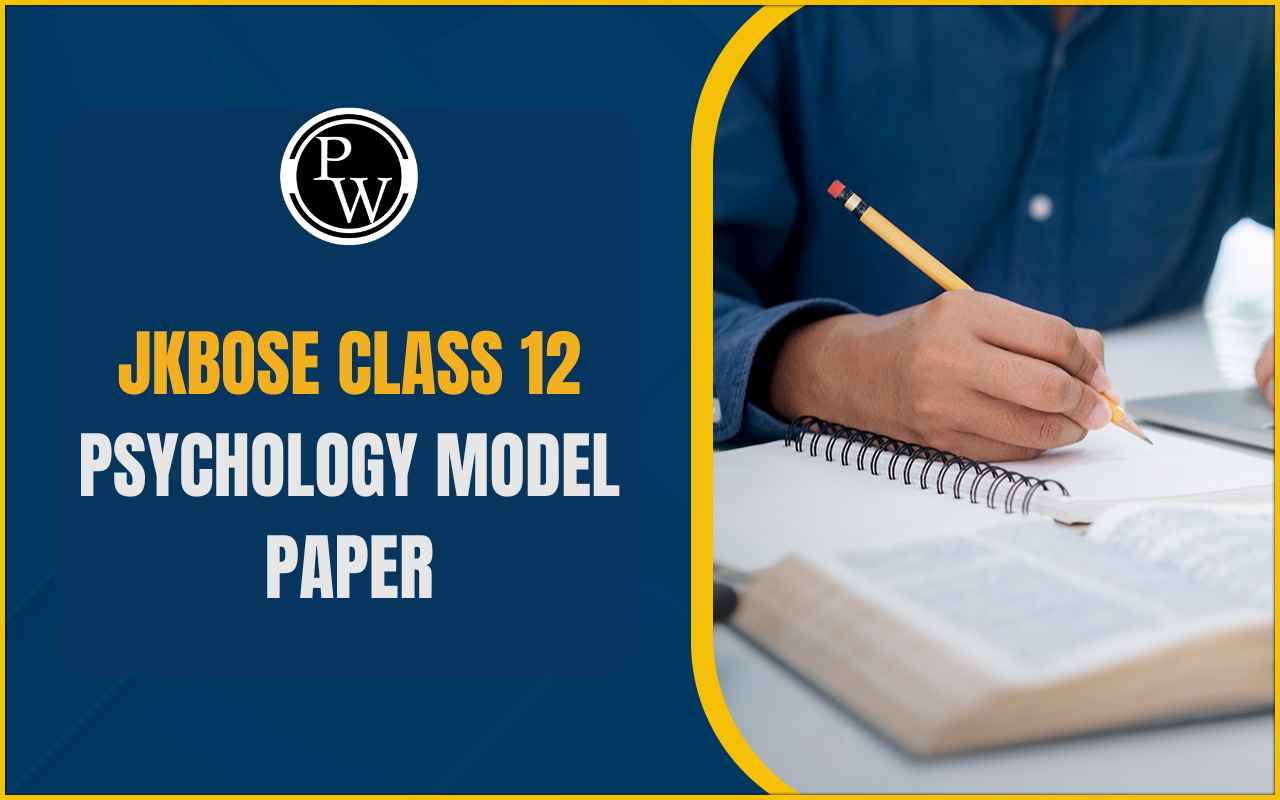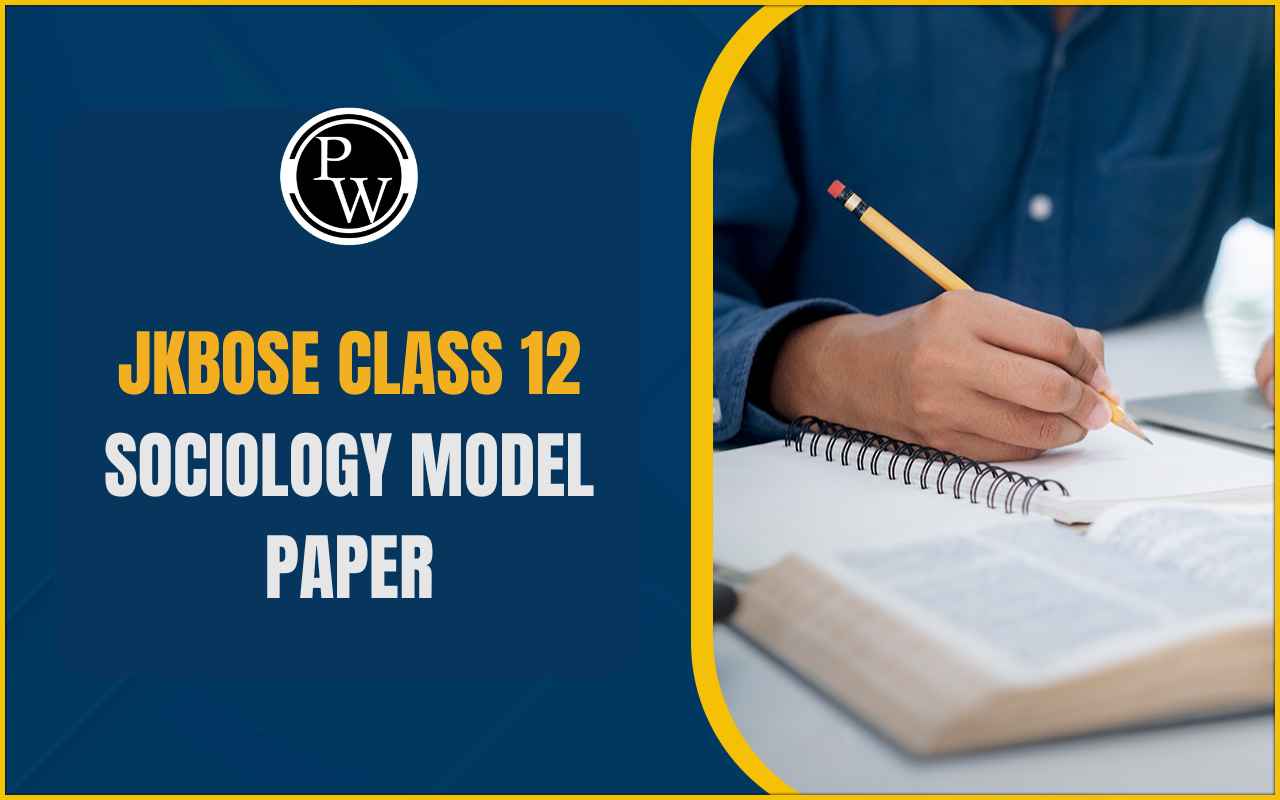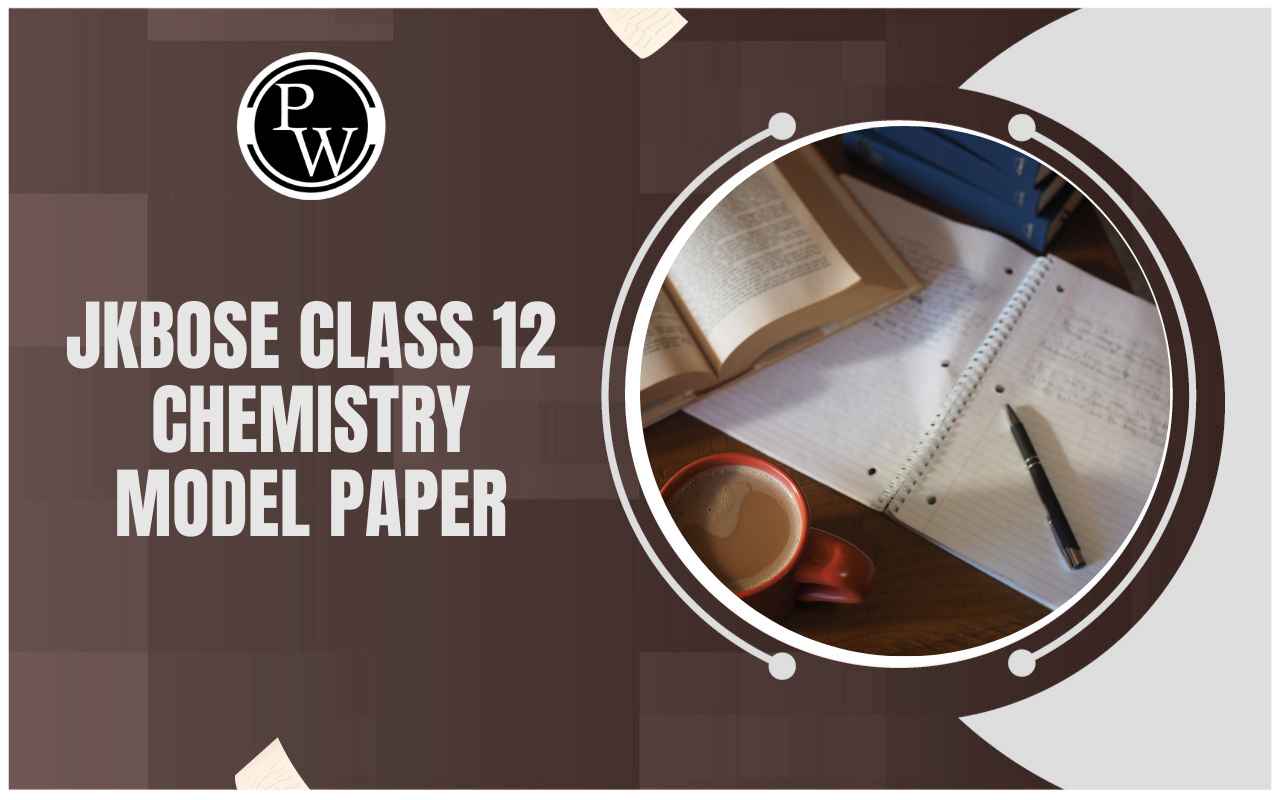
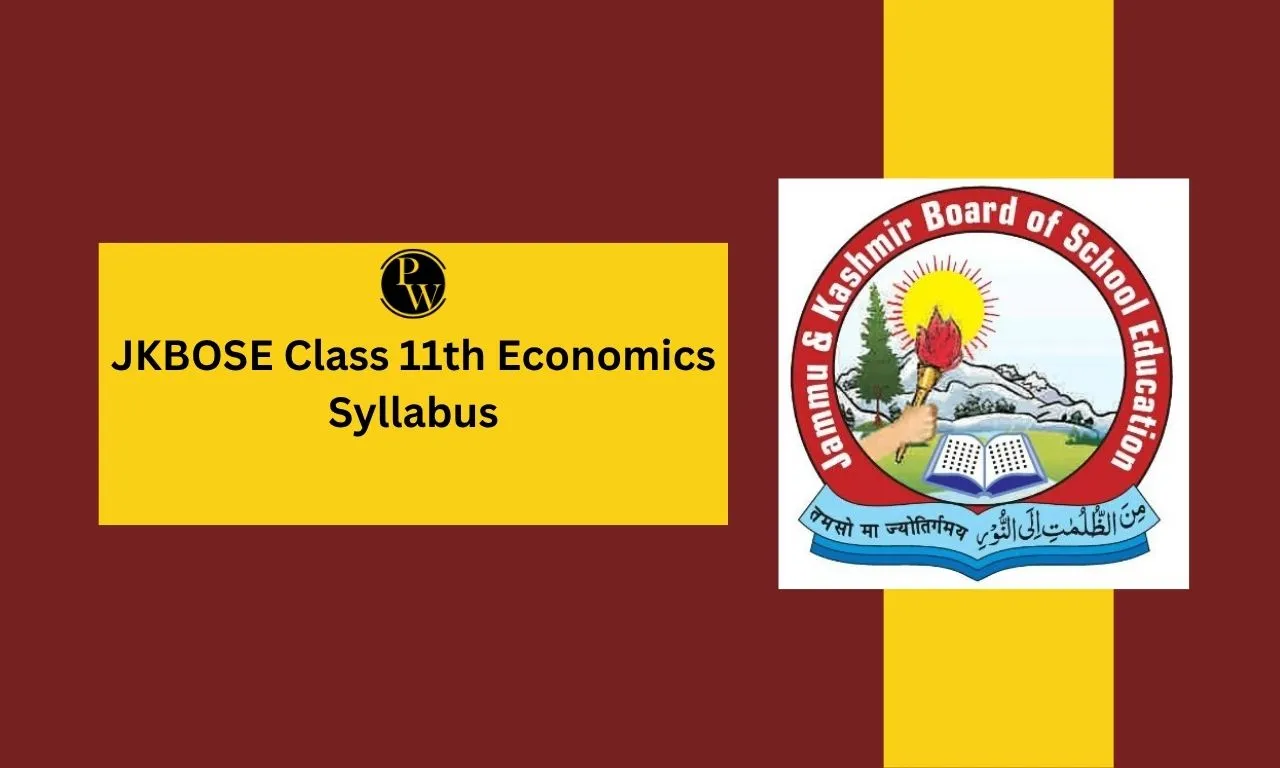
JKBOSE Class 11th Economics Syllabus: The JKBOSE Class 11th Economics syllabus provides students with a foundational understanding of economic concepts, including both Microeconomics and Statistics for Economics. The syllabus is structured to develop analytical and reasoning skills through topics like demand, supply, market equilibrium, and data interpretation.
The exam pattern typically includes theory-based questions and data analysis tasks, emphasizing conceptual clarity. Students are advised to refer to the latest syllabus and exam pattern provided by JKBOSE to align their preparation. Practicing previous year papers is crucial for understanding question trends and improving time management. This holistic approach ensures better performance in the final examination.
JKBOSE Class 11th Economics Syllabus
The JKBOSE Class 11th Economics syllabus is thoughtfully designed to cover both theoretical and practical aspects of the subject. It is divided into three parts: Statistics for Economics, Indian Economic Development, and Project Work.
Each unit aims to build strong conceptual understanding and analytical skills. Check below for the complete and detailed syllabus with unit-wise distribution.
Part A: Statistics for Economics (40 Marks)
Unit 1: Introduction
-
Economics – Concept and scope
-
Statistics in Economics – Meaning, scope, functions, and importance
-
Research design, research objectives
-
Sampling – Probability and non-probability types
Unit 2: Collection, Organisation, and Presentation of Data
Collection of Data:
-
Sources: Primary and Secondary
-
Methods: Questionnaire, Interview, Case Study, Surveys
-
Census of India, National Sample Survey Organisation
Organisation of Data:
-
Meaning and types of variables
-
Frequency Distribution
Presentation of Data:
-
Tabular Presentation
-
Diagrammatic Presentation:
-
Geometric forms (bar & pie diagrams)
-
Frequency diagrams (histogram, polygon, ogive)
-
Arithmetic line graphs (time series)
Unit 3: Statistical Tools and Interpretation
-
Measures of Central Tendency: Mean, Median, Mode
-
Correlation:
-
Meaning, properties
-
Scatter diagram
-
Karl Pearson’s method (ungrouped data)
-
Spearman’s rank correlation (with and without repeated ranks)
-
Index Numbers:
-
Meaning, Types (WPI, CPI, IIP)
-
Uses
-
Inflation and Index Numbers
-
Simple Aggregative Method
Part B: Indian Economic Development (40 Marks)
Unit 4: Development Experience (1947–90) and Economic Reforms (since 1991)
-
Indian economy on the eve of independence
-
Economic systems
-
Common goals of Five-Year Plans; NITI Aayog
-
Agriculture: Institutional aspects, new strategies
-
Industry: IPR 1956, SSI role
-
Foreign Trade
-
LPG Reforms: Liberalization, Privatization, Globalization
-
Concepts of Demonetization and GST
Unit 5: Current Challenges Facing Indian Economy
-
Human Capital Formation
-
Growth of the Education Sector
-
Rural Development:
-
Credit, marketing
-
Role of cooperatives
-
Agricultural diversification
-
Organic Farming
-
Employment:
-
Growth, changes in workforce participation
-
Formal vs Informal sectors
-
Sustainable Development:
-
Environmental impact, global warming
-
Seventeen Sustainable Development Goals (overview)
Unit 6: Development Experience of India – A Comparison with Neighbours
-
India vs Pakistan and China
-
Comparative issues:
-
Economic growth
-
Population
-
Sectoral development
-
Human Development Indicators
Part C: Project Work (20 Marks)
Themes (Examples):
-
Tourism sector in J&K
-
Agricultural sector in J&K (horticulture, apiculture, floriculture)
-
Livestock sector in J&K
-
Rural development schemes (India & J&K)
-
Financial Literacy
-
Economics in curriculum at schools and colleges
Project Guidelines:
-
Group project (max 5 students per group)
-
Length: 2500–5000 words (typed)
-
Include title, objectives, methodology, data collection, analysis, interpretation, conclusion, references
-
MLA/APA referencing
JKBOSE Class 11th Economics Marks Distribution
The Jammu and Kashmir Board of School Education (JKBOSE) follows a structured marks distribution for Class 11th Economics. The subject is divided into three parts: Statistics for Economics, Indian Economic Development, and Project Work. Each part carries specific weightage in the final assessment. Check the table below for a detailed breakdown of marks across each unit and section.
|
JKBOSE Class 11th Economics Marks Distribution |
||
|
Units |
Topics |
Marks |
|
Part A |
Statistics for Economics |
|
|
Introduction |
05 |
|
|
Collection, Organisation and Presentation of Data |
10 |
|
|
Statistical Tools and Interpretation |
25 |
|
|
Subtotal |
40 |
|
|
Part B |
Indian Economic Development |
|
|
Development Experience (1947–90) and Economic Reforms (LPG) |
12 |
|
|
Current Challenges Facing Indian Economy |
20 |
|
|
Development Experience of India – A Comparison with Neighbours |
08 |
|
|
Subtotal |
40 |
|
|
Part C |
Project Work |
20 |
|
Total (Theory + Project) |
100 |
|
JKBOSE Class 11th Economics Syllabus PDF Download
Students looking for the detailed JKBOSE Class 11th Economics syllabus can now easily access it in PDF format. The syllabus covers all essential topics from Statistics for Economics, Indian Economic Development, and Project Work, along with mark distribution and assessment schemes.
It provides a clear understanding of what to study throughout the academic session. You can download the JKBOSE Class 11th Economics Syllabus PDF from the link given below and start your preparation in a structured and efficient manner.
Download JKBOSE Class 11th Economics Syllabus
Study without using the internet
Preparation Tips for JKBOSE Class 11th Economics Exam
Here are we have provided some effective preparation tips for the JKBOSE Class 11th Economics Exam:
1. Understand the Syllabus Thoroughly: Start by going through the complete syllabus and marks distribution. Focus more on high-weightage units like Statistical Tools and Interpretation and Current Challenges Facing Indian Economy.
2. Build Conceptual Clarity: Economics involves understanding concepts rather than rote learning. Make sure you grasp the core ideas in both Statistics and Indian Economic Development.
3. Practice Numerical Problems: For Statistics, solve plenty of problems related to mean, median, mode, correlation, and index numbers. Accuracy and speed matter here.
4. Create Visual Notes: Use diagrams, flowcharts, tables, and graphs for better understanding and quick revision—especially for topics like data presentation and sectoral comparisons.
5. Revise Regularly: Make a weekly revision schedule. Revise formulas, definitions, and important points consistently to retain concepts for longer.
6. Prepare Well for Project Work: Choose a relevant topic, follow the proper format, and ensure originality. Understand your project deeply as marks are also awarded for viva and presentation.
7. Solve Sample Papers: Practice previous years’ question papers and model papers to understand the pattern, manage time, and improve confidence.
JKBOSE Class 11th Economics Syllabus FAQs
How many parts are there in the Class 11 Economics syllabus?
What is the total theory marks for the Economics exam?
How much is the project work worth?
Which unit in Statistics carries the highest marks?


